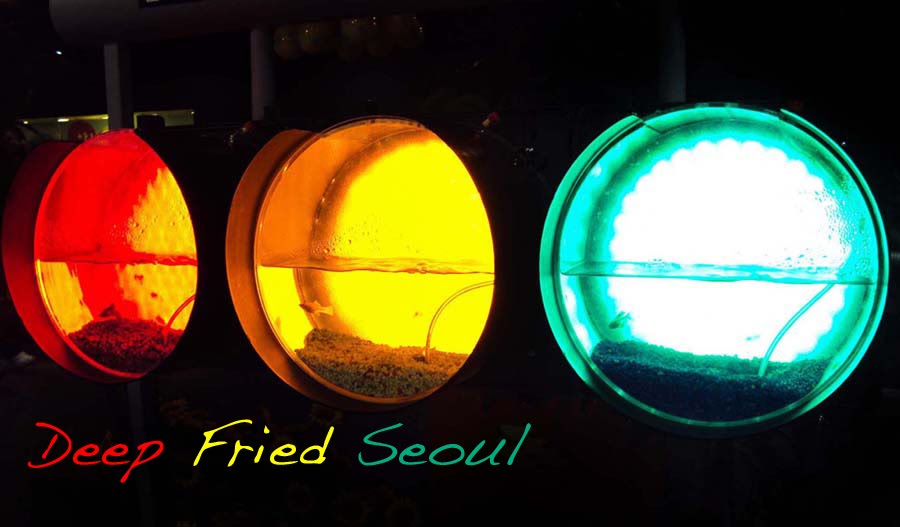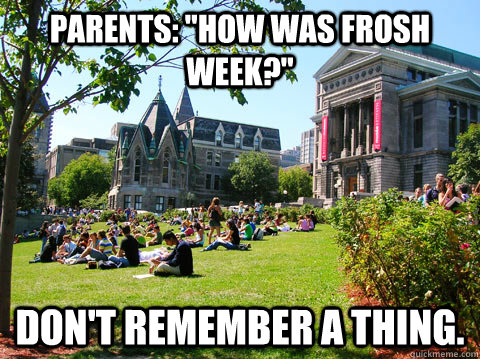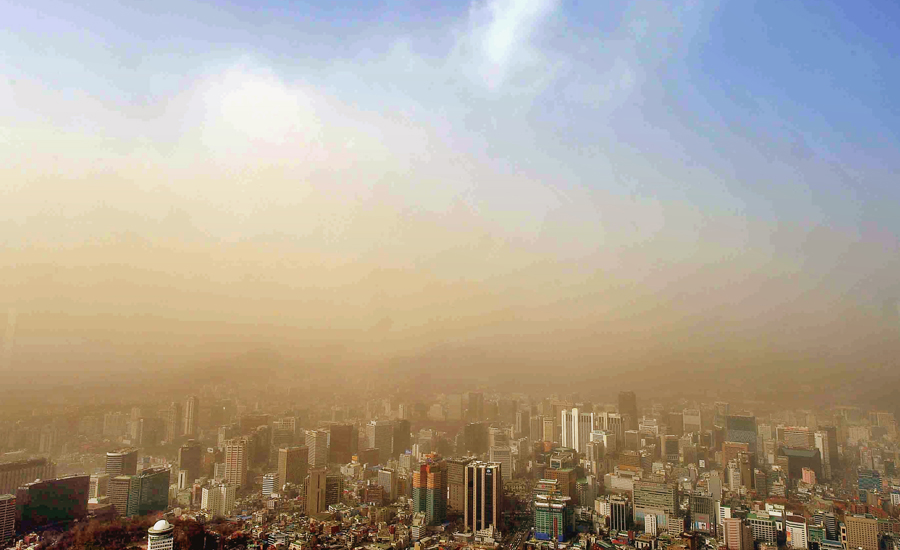 |
| This isn't really my friend, but look at all the fog! |
Recently I got to see a close Korean friend of mine gracefully walk down the aisle and marry her loving husband. As I watched smoke from the fog-machine waft around her while she prepared to cut her LED and dry-ice cake, I realized that I definitely needed to write a blog post about all of this.
So ladies and gents! Start your watches and grab your wallets, it's time to get married in Korea!
1. Find that spouse!
 |
| No... I'm not desperate. Don't look at me like that! |
Of course you need someone to actually marry, but in Korea that task comes with a twist. Time is not in your favor! Generally it is viewed that once you have hit 30 years old you become 'expired goods' (for women in particular). Furthermore, that 30 is based on the moon calendar!! Which really only leaves you 28 years of your sun calendar life to find Mr. or Mrs. Right. So readers, it's time to get crackin!!
2. Location
So now that you have found your victim, it is now time to bind together for all time (or maybe not as the
divorce stats show). But where shall you wed? Don't make it too far from your relatives or you may find yourself paying for every distant relative under the moon to take a bus to get to where you are. So once you've settled on the city you'll then need to choose the venue, and for that you'll have 2 lovely choices:
 |
| Well didn't you say you wanted to be a princess for a day? |
a) Wedding Halls
These are generally on the cheaper end of venues, but run the risk of giving you the fast-food version of a ceremony. At McWedding Halls, you may just see a bride and groom's head popping out at the end of the aisle as they wait for your short ceremony to end. Not all Wedding Halls are like this and you can have your prince/princess perfect wedding if you're willing to put down the money.
b) Hotels
Numerous hotels have entire sections dedicated to weddings. And boy, they can be lavish! They'll offer you packages that include flowers, food, private rooms, dresses, makeup, and even camera men. Of course, it won't be cheap! I hope $50,000-$80,000 is the price range you're looking at, because with a hotel wedding your fairy tale walk comes with a sexy price tag.
 |
| Grrrawwwrrrr! Truuueeee... loooovee... |
3. The Goodies
So now that the location, food, and clothing are set, it's time for the fun stuff.Check out what you'll be getting because you're now in Korea!
a) Photoshoot & Personal Papparazzi
While we can't all have our nuptials immortalized by a
zombie attack, you can have your own 7
hour photo shoot complete with 10 different gowns and multiple set changes.This guarantees picture perfect joy no matter how much of an ogre face the camera gives you.
 |
| One of the many sets my friend posed in front of (although my friend isn't pictured) |
You'll also have a photographer for the actual ceremony. But this photographer won't stand on the sidelines like a chump! He'll be in front of you as you walk down the aisle, underneath you as you cut the cake, and on a chair taking aerial shots as you read your vows. He'll take so many photos of you that you'll be guaranteed to look perfect! And your guests will have the delightful task of trying to cut him out of their shots. Just call it a game.
b) Personal Makeup Artist
This person isn't *just* a Makeup Artist. No my friends, they are so much more. That person will be shadowing you during the entire wedding and will have the task of making sure you look perfect all.the.time. He/She will make sure no tears smudge your makeup and no movement that ruins the majestic flow of your gown. So a romantic moment or two might be traded off for the perfect face because that makeup artist has decided those tears of joy ruin the makeup. But remeber, your friends will be jealous of all your dazzling photos.
4. Finishing Up
Now you're done the initial ceremony!! After the wedding you will probably have to have a private ceremony with the parents wearing traditional dresses (Hanboks). You will need to bow before them and possibly give them a monetary or food offering. But once you've done this, you're free to go on your honeymoon!~ So place your arms in a heart position because you're officially married!
Now for a moment of seriousness...
At the end of the day, the only thing that matters is the person you end up with. All cultures have differing traditions and the one I've covered (in a silly way) in this post is a fusion of West and East. Every wedding is different and differs greatly based on one's financial ability. Generally, weddings in Korea cost around $60,000. But keep in mind, in Korea, a wedding also celebrates the joining of families so a lot of money goes into that union. If you are interested in reading more,
Korea4Expats gives a decent rundown. As for photos, I felt that
Kimchi Ice Cream gives a good idea of what a typical wedding looks like. And for a bit more of an opinionated post, you should check out
Roboseyo.




















